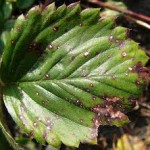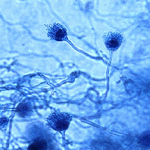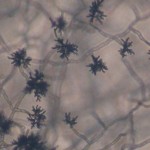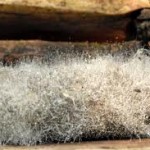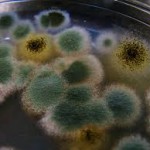 Molds are fungi. They are primarily found in warm, dark and moist locations. Molds can grow indoors (damp basement, poorly ventilated bathroom, or anywhere with leaks) and outdoors (grass, bark of the tree, etc). Outdoor molds certainly can get inside buildings. Molds may grow all year round, but do peak during months of high humidity, and only disappear in outdoor air when the ground is covered by snow.
Molds are fungi. They are primarily found in warm, dark and moist locations. Molds can grow indoors (damp basement, poorly ventilated bathroom, or anywhere with leaks) and outdoors (grass, bark of the tree, etc). Outdoor molds certainly can get inside buildings. Molds may grow all year round, but do peak during months of high humidity, and only disappear in outdoor air when the ground is covered by snow.
Molds avoidance
Indoor molds
- Reduce indoor dampness and humidity (keep humidity ~35%).
- Repair and seal leaking roofs or pipes.
- Ensure good ventilation. Inspect heating, air conditioning units and humidifiers regularly.
- Clean up mold on hard surfaces with detergent or 5% bleach, and then dry the area completely. Avoid storing items in damp areas.
- Avoid carpets in basement and bathroom
- Consult an indoor environmental professional if mold covers a large area of the house. Home mold test kits are of limited use.
- Keep houseplants to a minimum and avoid live Christmas trees. Do not repot plants in doors.
Outdoor molds
- Stay indoors with windows closed when mold counts are high.
- Avoid cutting grass or raking the leaves. If you must, wear a mask.
- Stay away from compost piles, heavily wooded areas, hay bales, greenhouses.
A few common molds:
Alternaria alternate
Outdoor. Dry day mold spores. Found on vegetation. Causes leaf spots and many other plant diseases. Close association with severe asthma and hay fever.
Outdoor and indoor molds. Typically found in soils, leaf and plant litter, decaying vegetables and roots, bird dropping, tabacco. Causes invasive fungal infection in immunosuppressed individuals, chronic pulmonary infections, allergic bronchopulmonary aspergillosis, or allergic disease in immunocompetent hosts.
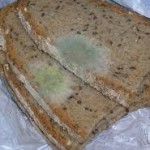 Penicillium chrysogenum (or Penicillium notatum)
Penicillium chrysogenum (or Penicillium notatum)
Indoor molds. Blue-green molds on stale bread, cheese, fruits and nuts. Source of Penicillin.
One of the most abundant spores in temperate areas of the world. Dry day spore; also prevalent indoors. Live on living and dead plants, textiles, rubber, foodstuffs, etc.
Common indoor and outdoor molds. Dark grey or light olive-grey. Found in soil, plant remains, grains, fruits and vegetables, house floor dust.
In Dr. Hui’s office, allergies to the following molds are tested: Alternaria, Cladosporium, Drechslera, Aspergillus niger, Penicillium, Curvularia, Fusarium, Aureobasidium, Mucor, Rhizopus, Aspergillus fumigatus, Epicoccum.
